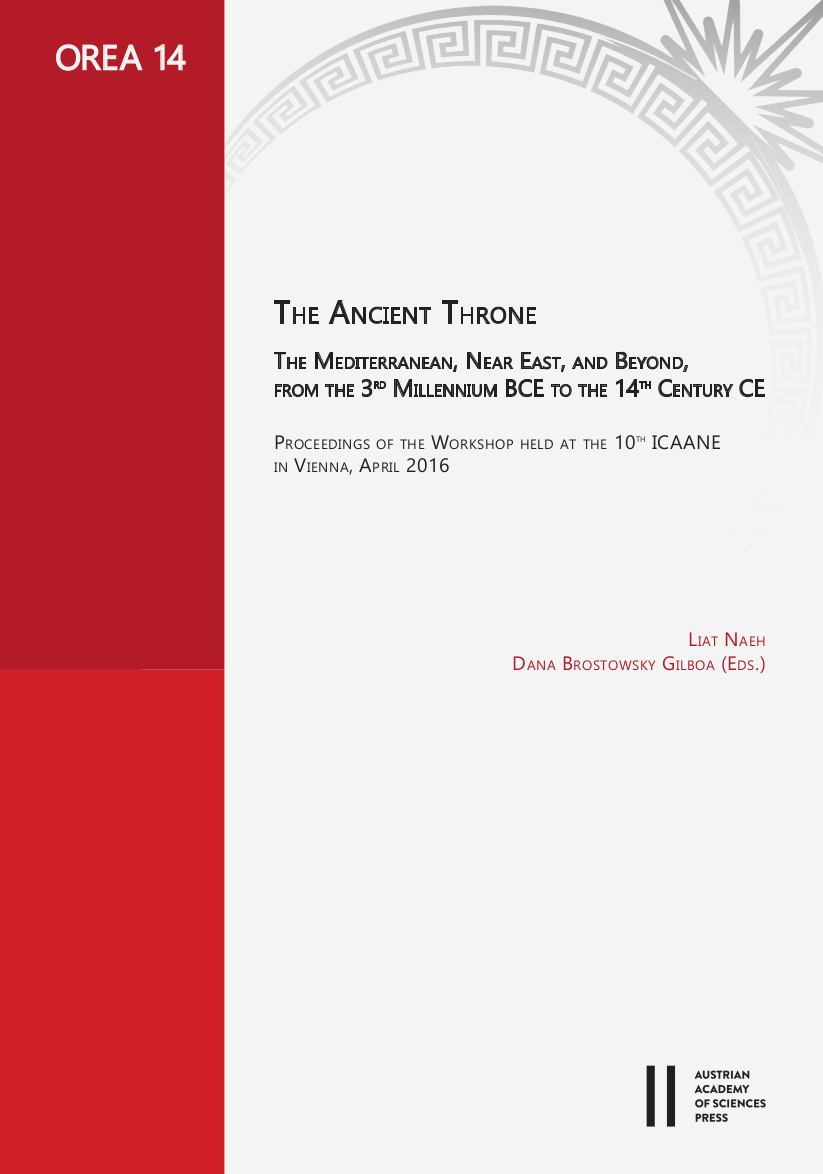
The Ancient Throne. The Mediterranean, Near East, and Beyond, from the 3rd Millennium BCE to the 14th Century CE.Proceedings of the Workshop held at 10th ICAANE in Vienna, April 2016, pp. 191-210, 2020/09/02
Proceedings of the Workshop held at the 10th ICAANE in Vienna, April 2016
This paper offers some reflections on a paradigmatic royal seat, that of King Solomon, by surveying some of its most notable written (and rarely depicted) descriptions from roughly the third to the thirteenth century. Through this analysis I intend to develop three main points of interest: the connection between power and technology and the way in which mechanical wonders, such as automata, became part of the courtly language of self-representation, mostly between Late Antiquity and the Middle Ages; the shared dimension of this language and the circulation of visual topoi of kingship common to Jews, Christians, and Muslims; and finally, the constant, porous and dynamic interaction between sources (oral, visual, and textual) and actual settings. As we shall see, the relationship between descriptions and objects, in dialogue through the centuries, prompted the constant update and revival of ancient traditions, which, far from being static and immutable, were altered and modified in response to the surrounding context.
Keywords: automata, cosmic kingship, Solomon, throne, kosmokratōr, throne, Magnaura